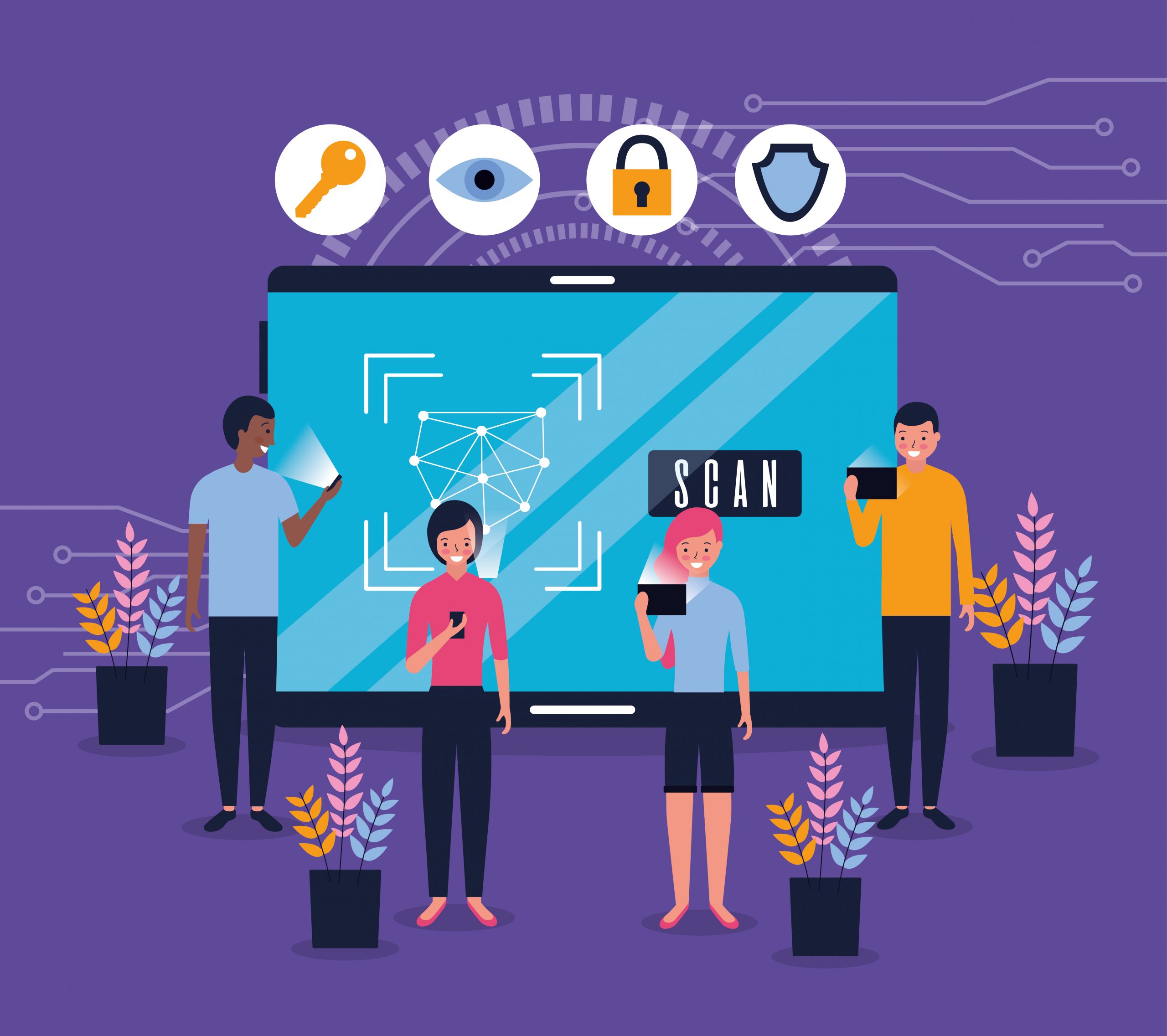In today’s digital landscape, cybersecurity has become a top priority for businesses of all sizes. With the increasing threat of cyber attacks, it is crucial for organizations to implement robust security measures to protect their sensitive data and maintain their reputation. This guide highlights the key components of cybersecurity that every business should consider.
1. Understanding the Importance of Essential Cybersecurity
The first step in establishing essential cybersecurity is understanding its significance. Cyber attacks can lead to severe financial losses, reputational damage, and legal repercussions. By investing in cybersecurity, businesses can safeguard their assets, ensure compliance with regulations, and build trust with clients and customers.
2. Conducting a Cybersecurity Risk Assessment
A comprehensive risk assessment is vital to identify vulnerabilities within your organization. Evaluating your current security posture can help you understand where improvements are needed. This assessment should cover areas such as network security, employee training, and data protection. By understanding the risks, you can prioritize the implementation of essential cybersecurity measures.
3. Implementing Strong Access Controls
One of the cornerstones of essential cybersecurity is the implementation of strong access controls. This includes setting up multi-factor authentication (MFA) for sensitive systems, enforcing password policies, and ensuring that employees only have access to the information necessary for their roles. By limiting access, you can reduce the risk of unauthorized data breaches.
4. Regularly Updating Software and Systems
Keeping your software and systems updated is critical for maintaining essential cybersecurity. Cybercriminals often exploit vulnerabilities in outdated software to gain access to systems. Regularly applying patches and updates helps protect your organization from potential threats. Additionally, consider using automated tools to streamline this process and ensure compliance.
5. Training Employees on Cybersecurity Awareness
Your employees are often the first line of defense in maintaining essential cybersecurity. Conducting regular training sessions to educate staff on recognizing phishing attacks, using secure passwords, and adhering to security policies can significantly reduce the risk of human error. A well-informed workforce is essential for a strong cybersecurity posture.
Conclusion
Essential cybersecurity is not just an IT issue; it is a fundamental component of every business strategy. By understanding its importance, conducting risk assessments, implementing strong access controls, regularly updating systems, and training employees, businesses can effectively protect themselves against cyber threats. For more resources on enhancing your cybersecurity measures, visit Bedots.
Read more: Ransomware Protection: Protect Your Organization Now



